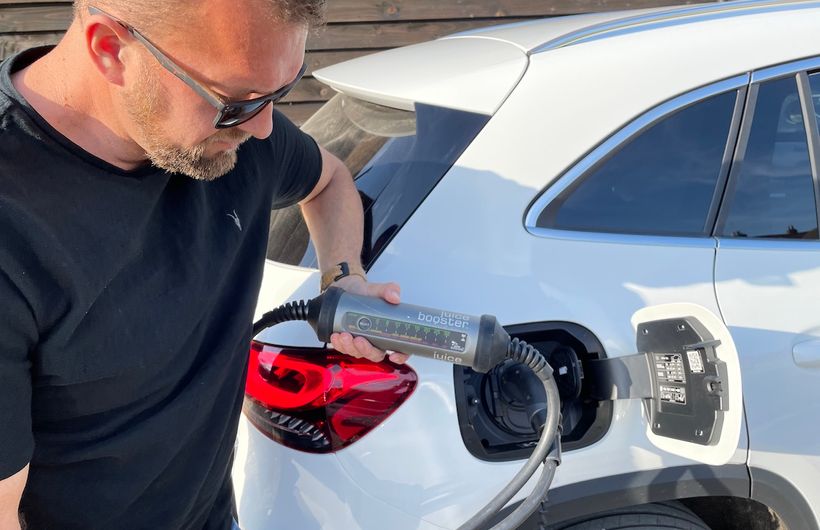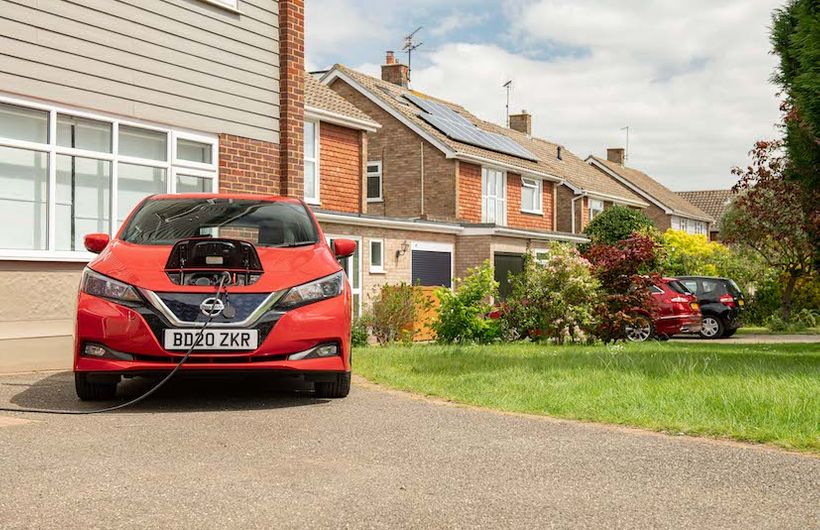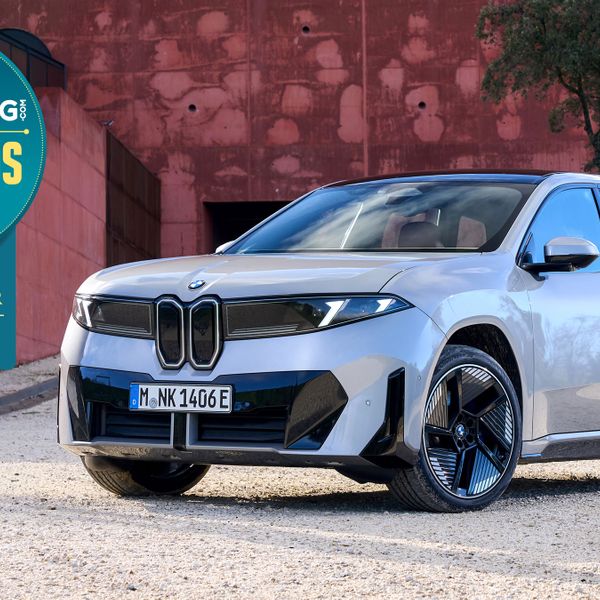So you’ve made the switch to an electric car. The dealer has called to tell you it will be arriving soon and you need to make some preparations; sorting the insurance, signing the finance and cleaning out the sweet wrappers from your old car.
But if you are new to the electric car world, you are also going to have to think about charging. If you have off-street parking, it will be the most convenient and cost effective to plug in while you are at home. Your car will get ‘filled’ as you sleep. You will need to make a decision though – and probably a sizable investment too. Is it worth it? You might be surprised to hear that a charger can pay for itself in just a few years.
Can I just use a three-pin plug to charge my car?
The simplest way of charging at home is to use what is nicknamed a ‘granny charger’. This is a cable which plugs into a conventional three-pin socket and has a brick-like block which if filled with gizmos that look after the safety and communications with the car.
They are designed primarily for occasional use though – hence the nickname, which suggests it’s the sort of cable you’d use when you go to visit your granny and need a top up. The power output is limited to around 2kW to prevent overloading the domestic circuits and using them constantly can put a strain on your wiring and fuseboard. If you are intending to charge using a granny, it’s crucial that an electrician checks to make sure your socket is up to the task.
As the granny is only able to charge at around 2kW, it also means you will be taking far, far longer to charge. Going from empty to full in a car like a BMW iX could take more than two full days.
It also means you won’t be able to make the best use of cheaper overnight electricity tariffs, as you’ll not get as many kilowatts in during the limited time the lower rate is active.
It’s also worth remembering that most electric cars will not have a three-pin charger supplied as standard, so you’ll have to buy one from the dealer – and it could cost around £600. Aftermarket alternatives are less, at around £300.
There is a situation where three-pins make sense though, other than when you are visiting your granny. If you have solar panels, they will not usually produce enough to feed your car with the 7.2kW which is supplied by a dedicated home charge unit, so you will end up topping up with expensive daytime electricity from the grid. Using a granny limits the charging to 2kW so you only use your ‘free’ power. Bear in mind that most dedicated wall box units now have a solar setting which will do the same, though.
 Granny chargers are slow, but make sense sometimes
Granny chargers are slow, but make sense sometimes 













